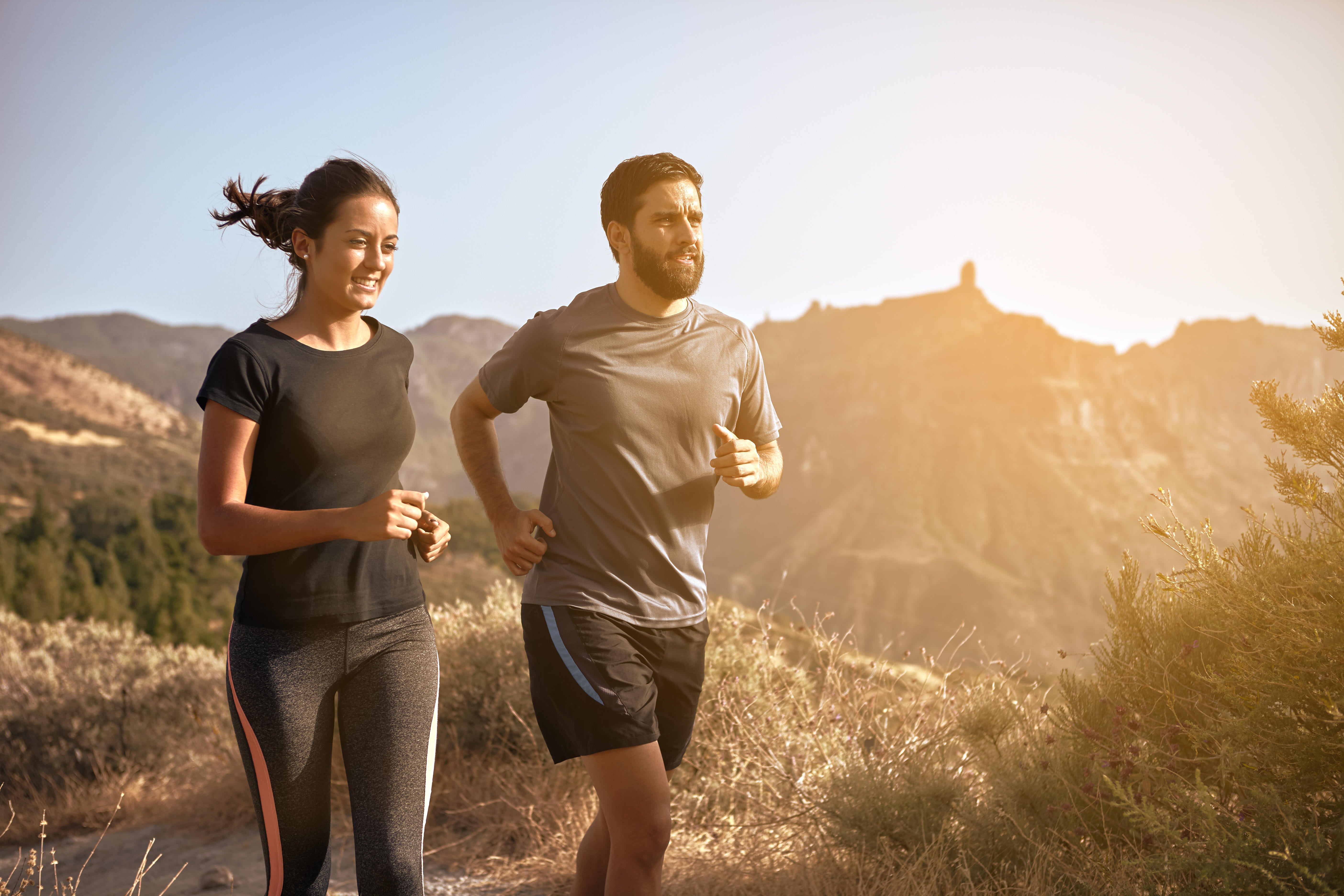Is it OK to run during a heatwave?
The Commonwealth Games success may have you itching to run, but in the middle of a heatwave, it’s pretty tricky. Here’s how to do it safely.

Inspiration to workout or start a new habit can come at the most inconvenient times. Maybe you’ve agreed to a charity run in the autumn, or have committed to a challenge of completing a certain number of kilometres before the year is out.
The heatwave has made running almost unbearable, so how do we keep going?
“If you’re not used to running in higher temperatures, you may find yourself struggling, and if the thermometer is reaching 30°C or higher, it may be best avoided, unless you’re on a treadmill in an air-conditioned gym,” says Christian Allen, product expert at Runners Need.
“If you’re unprepared for the heat, you can suffer from dehydration, heat exhaustion and even sunstroke. To make sure that doesn’t happen, don’t push yourself too hard, and know your limits.”
Listen to your body
“It’s important to be kind to yourself and listen to your body. Your body will have to work harder in the heat – particularly if you’re not used to exercising when it’s hot. Recognise that any movement is good and it doesn’t have to be your best performance. In a heatwave in particular, it may better to avoid strenuous training like hill sprints or intervals,” adds Allen.
Hydrate well
Dehydration is a real risk in these temperatures.
“Some of the key signs to look out for that indicate you’re dehydrated include salt crystallising on your skin, or you finding yourself starting to slow or struggle. Sweating a lot is also an indicator that you’re losing vital fluids and minerals which need to be replenished, or you risk suffering from dehydration, muscle cramping and heat stroke.”
Combatting it can be simple, though.
“Make sure you’re well-hydrated ahead of setting off, and keep hydrated throughout,” he suggests. “Take on plenty of fluids in the hours – and even days – before. During your run, water bottles can be cumbersome to carry. Instead, you could try using a hydration vest with soft flasks. These often include long straws which can make it easier to sip water throughout your run. Using a sports drink or electrolyte tablets in your water can also help replenish salts lost through sweating.”
Choose your timing wisely
If you are looking for a cooler run, running in the morning is likely to be better, and can feel more comfortable than evening runs.
Consider your kit
You have to be careful what you wear when running in high temperatures. “When it comes to running clothes, cotton is a big no-no. Not only does the material trap heat, hindering your body’s ability to cool down, it also soaks up sweat, keeping the moisture against your skin and increasing the chance of chafing. Instead, look for kit that has mesh ventilation for airflow, seamless construction to avoid rubbing, and UV protection to shield your skin from the sun’s powerful rays,” advises Allen.
“It might seem counter-intuitive, but long-sleeved and ankle-length base layers can be beneficial for running in the sun, as the moisture-wicking material takes the sweat away from your skin, as well as protecting you from UV rays. It’s also advisable to avoid dark colours, as they absorb the sun’s heat.”